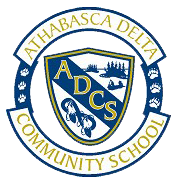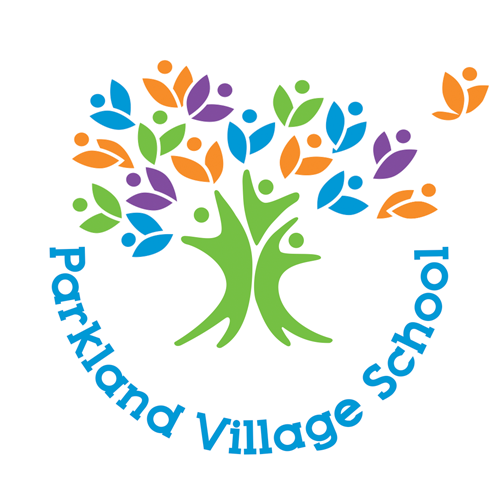AP 232: Establishing Programs of Choice
Instruction & Assessment
Background
Aligned with the Division’s values, the Superintendent supports initiatives that expand diverse educational programs, ensuring learning opportunities that are purposeful, relevant, authentic, and responsive. Alternative academic programming may be established on the basis of concepts explored, researched and proposed by Division staff, students, parents or community members.
Definitions
a) School Community: shall refer to the collective group of stakeholders connected to a school or area, including parents, staff, students, school councils, the Board of Trustees and/or community members.
b) Proponent: shall refer to the individual, or group of individuals, from within a school community who submit, to the Superintendent, a proposal for the establishment of a Program of Choice.
c) Program Advisory Committee: shall refer to the group of stakeholders with a particular interest in the “program of choice”, or “school program” who may wish to provide advice and input to school administrators, the School Council or the Board.
d) Program of Choice: shall refer to educational programs that offer learning opportunities tailored to diverse student interests and needs; these programs are designed to provide different means of meeting students’ needs, and/or attaining the objectives that might otherwise be met through a regular, traditional education program.
Procedures
1. Notwithstanding superseding Provincial legislation, Board policy or Divisional administrative procedures, Program of Choice creation shall follow established criteria and be approved by the Superintendent.
2. Prior to any action toward implementation, the Superintendent shall review and approve a proposal for a Program of Choice submitted by a proponent; notably
2.1. The proposal shall identify a rationale for the establishment of the program and a description of intended outcomes to be achieved through the implementation of the program;
2.2. The proposal shall identify the education approach to be used and how that program specifically differs from other programming within PSD;
2.3. The proposal shall define how the program shall be supported, including the reasonable estimation of a sufficient number of students to exist to ensure a likelihood of success;
2.4. The proposal shall identify availability to students with consideration to students’ unique needs and ability to participate (e.g., mobility concerns);
2.5. The proposal shall outline the staffing considerations for the program of choice in alignment with Parkland School Division’s staffing procedures;
2.6. The proposal shall indicate subsequent budget implications for the school or system;
2.7. The proposal shall indicate the facility utilization for the program, either within the current operation of an existing school, or specifically outlining the rationale for an alternative facility;
2.8. The proposal shall demonstrate alignment to the Education Plan; and
2.9. The proposal shall identify any impact on student transportation, or transportation requirements, as deemed necessary.
3. A draft program proposal outlining how the program of choice will achieve its intended outcomes, while meeting all requirements required in section 2, shall be provided to the Superintendent or designate for consideration.
4. After discussion with the Board, the Superintendent shall:
4.1. Communicate the decision, in writing, to the Proponent along with the rationale for the decision, and any special terms or conditions required for implementation;
4.2. Describe the conditions upon which the program of choice may either gain continuing status or have its operation terminated by the Board;
4.3. Indicate, to the Proponent, the role of the program advisory committee, if it is to be formed, including its relationship to the School Council and to the Principal of the school administering the program; and
4.4. Allocate Division resources for purposes of programming support, if required, in a manner consistent with the Division’s distributed decision-making and budgeting procedures.
5. Principals responsible for a program of choice may establish a “Program Advisory Committee” for the purpose of gathering and communicating information about the alternative program.























